6 Amazing Health Benefits Of Doing Foot Acupressure
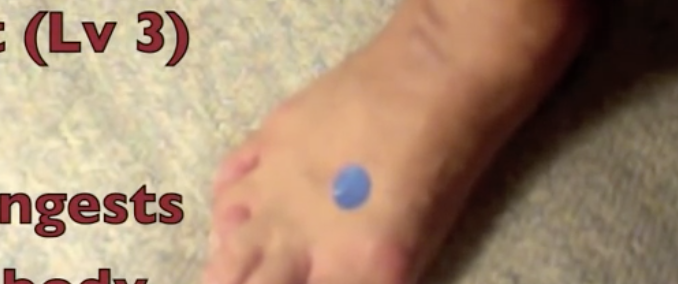
People do many things in their quest to stay healthy and feeling great. We diet and exercise, visit doctors and specialists, and take all sorts of vitamins and pills in our never ending search for cures and remedies to help treat the medical conditions, or whatever it may be, that affects our health!
However advanced modern medicine may be, sometimes it doesn’t do the job and not everyone wants to have to rely on it. Instead of using costly pharmaceuticals that often have harsh side effects, people turn to alternative homeopathic remedies that naturally balance and heal their bodies and minds.
One such treatment is called acupressure and if you’ve ever held your forehead or massaged your temples to help relieve a headache, then you’ve already engaged in the practice. Thousands of years ago the ancient Chinese developed the technique and it remains a popular alternative treatment to this day.
Acupressure is simple, all that it involves is applying pressure to various points on our bodies to stimulate blood flow to the thousands of nerves located mainly in our hands and feet.
The human foot alone has well over fifteen thousand nerves that are all inter-connected and form a network which reaches different areas, like organs and glands, in our bodies. Different pressure points correspond with certain body parts and so they can each be targeted for desired results.
People the world over have found that acupressure works wonders when it comes to alleviating aches, pains, built up stress, and tension. By using simple acupressure techniques at home they have dramatically relieved pain and discomfort caused by common ailments and you can too. All that you need to do is locate the points on the feet that are associated with the area which your issue likely stems from, and massage it!
The LV 3 point, which is also called the Tai Chong, is regarded as being one of the most powerful points. That’s because it’s connected not only to the liver, which helps clean and detoxify our systems, but many other body parts as well. The LV 3 point is located on top of the foot, near the metatarsal bones, and here is exactly how to find it.
Starting at the gap between your big and second toe, move about two finger widths back towards your ankle from there. You should notice and feel a slight depression, which is where the point is located, and if you’re touching a hard bone keep looking because it’s in a soft area. By pressing down gently and applying firm pressure to the LV 3 point on and off for 4-5 seconds at a time, for at least 2 minutes several times a day, it can help to relieve and affect the following:
1. Pain: The point is commonly used to alleviate many types of pain including, but not limited to, menstrual cramps, abdominal and back pain, headaches, stomach pain, and more. It’s believed that because the point is connected to the liver meridian and lower back, it’s very effective at relieving many additional sources of bodily pain, and so if you ever feel achy or are hurting, give yourself a foot massage on the LV 3 point for relief!
2. Depression: Many cases of depression are caused in part by our bodies and minds being overloaded with too much stress and not enough sleep. According to WebMD studies have been done which suggest that by activating the LV 3 point it helps to lessen the negative impacts of depression and anxiety. It’s believed that the point worked for the subjects who were examined by effectively lowering both their overall stress levels and instances of insomnia. This finding alone makes it worthwhile to do and try out at the very least.
3. Stress: It’s common knowledge that a good massage can work wonders at clearing our minds, thoughts, and heads (for most people!). Activating the LV 3 point naturally increases concentration and focus, leading to less stress and better decision making. Furthermore, as mentioned above studies have shown that the point decreases depression, insomnia, and anxiety, and that in turn reduces stress levels.
4. Digestion: A range of digestive issues can targeted by way of the LV 3 point. Upset Stomach, nausea, vomiting, hangovers, and indigestion can be either eliminated or improved so the next time you happen to overindulge and drink too much, try it out!
5. Parkinson’s Disease: A report released by the Northwest Parkinson’s Foundation stated that “Acupuncture point LV3 has been historically used to treat tremors such as those associated with Parkinson’s disease.” While that dealt with acupuncture at the point, as opposed to acupressure, it nonetheless shows how the spot has been used for thousands of years to target and treat symptoms, including those associated with Parkinson’s Disease. It’s one more way to help improve people’s overall health and even today it could greatly impact modern diseases.
6. Sleep Disorders and Insomnia: Massaging the LV 3 point has been shown to reduce stress and anxiety and it can also help to relax your body and calm your mind. People have used it to fall asleep faster and to reduce instances of waking up during the night. If you wish to achieve better quality sleep by way of the LV 3 point it’s important that you do the massage right before you go to bed at night.
This alternative treatment is incredibly simple, convenient, and easy to do on your own. It costs nothing, has no negative side effects, and will leave you feeling relaxed and at ease. It may sound too good to be true but it might be exactly what your body needs. You have nothing to lose if you give it a try and please pass this information on to others. Learn More: Watch the video below for additional information:
Please SHARE This With Family and Friends
7 Signs and Symptoms You Have Mold Illness and Do Not Even Realize It. Good To Know.
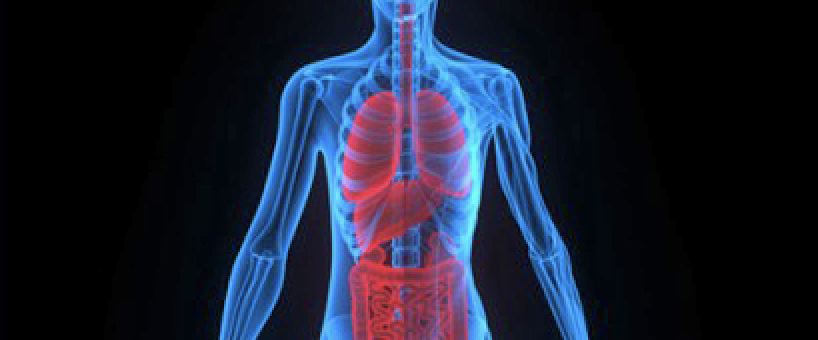
If you ever spot mold inside of your home, the chances are high that there’s likely a whole lot more growing in places where you can’t see. Even if you think your place is spotless and don’t see any visible signs, there’s definitely mold lurking somewhere, whether it’s in the dry wall or cracks and crevices around your home. That’s because the pesky fungi is impossible to completely avoid and can be found just about everywhere in the world. The most common indoor household areas include damp, warm, and shady spots, which makes bathrooms and basements the perfect place for mold to grow.
As nasty and gross as mold looks and sounds, the real issue is the harmful impact that it can have on human health. Many types of mold are extremely toxic, some are even deadly, yet it’s difficult to determine what types of mold you may be dealing with. According to the CDC’s online mold fact page, it is estimated that there are anywhere between 10 and 300 thousand different types of mold!
Included among the common indoor varieties is the widely feared Stachybotrys Chartarum, aka toxic black mold, which produces mycotoxins that are capable of causing a number of serious health issues. In addition to mycotoxins, which are toxic chemicals produced by mold, countless numbers of tiny, invisible spores also get released as mold grows and we end up breathing and ingesting both of these toxins directly into our bodies.
When mold enters our systems it can cause what’s generally known as ‘mold illness.’ There are a variety of health problems and complications encompassed by mold illness which include reactions such as inflammation, allergies, rashes, asthma, and other respiratory issues. All of these and more are covered below and the following list contains the most common symptoms associated with mold related illness.
1. Dry Skin and Rashes- Not many people are aware of dry, itchy, flaky skin as being a sign of mold toxicity, but in some cases it can be. Rashes vary widely as to size and scope of severity, some people may develop painful rashes or hives, while others experience inflammation, itchy patches of skin, and extreme discomfort. Should this ever happen to you, try your best to avoid scratching because that tears open skin and leaves you open to a much greater risk of infection. Furthermore, always seek professional medical treatment if intense swelling, pain, or discharge is present at a rash site because those are signs that you may be having a severe allergic reaction and your body can’t handle it.
2. Changes in Eye Health- Any changes in eye sensitivity should always be taken seriously. In terms of mold exposure, it can end up triggering an allergic response and in many people this causes symptoms that include blurry vision, redness, mild to intense itching, and watery eyes.
3. Headaches- Those who suffer from chronic headaches and/or frequent migraines may be able to trace the source of their pain to mold exposure. Sinuses often become infected and inflamed when we breathe in airborne mold particles. The sinus pressure this causes is what in turn causes many people to experience painful migraines and headaches.
4. Depression- Feelings of sadness and depression have been linked with mold illness and studies have found that damp, dark living spaces are ideal not only for mold growth, but also for having a negative effect on our mental health. Add to that all of the other terrible physical health issues that typically accompany mold exposure and any depression one may be feeling is made all the more worse. You can instantly improve the air quality inside your home by opening up the windows and airing the place out. Get a couple of plants too, they’re nice to look at and help to filter pollution and toxins from the air.
5. Breathing Difficulty- Respiratory-related issues are among the most common symptoms of mold illness. Coughing, wheezing, not being able to breathe deeply, and an inability to catch one’s breath are all red flags that point to mold allergies and exposure. People with asthma typically experience much worse symptoms due to all the mycotoxins and mold spores present in the air at any given time, which can trigger asthma attacks.
6. Bodily Aches and Pains- Unexplained muscle pain with no clear cause may actually be a symptom of mold illness. People typically experience a mild sort of achiness, but others have described the pain as being sharp, shooting, and intense.
7. There are a number of other signs of mold illness and they include the following; sneezing, runny nose, postnasal drip, fatigue, weight gain, stomach pain, numbness, chest tightness, nausea, diarrhea, twitching, and shaking. All of these symptoms are easily (and much more commonly) ascribed to all sorts of other health issues, especially allergies, so oftentimes people’s mold illness gets misdiagnosed and is attributed to those causes. That’s why it is very important to seek medical treatment if you think that you may have been exposed to mold and any symptoms you have continue to persist.
Watch the video below to learn how rid your house of Mold and Mildew:
Please SHARE This With Family and Friends
8 Signs You Had a Stroke and Might Not Know It. Don’t Ignore These Signs.
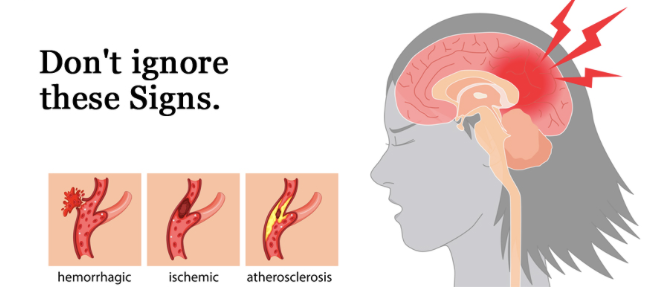
The brain requires blood flow to function. When a blood vessel is blocked in the brain (Ischemic-known as a TIA) or starts to bleed (Hemorrhagic-a full on Stroke), you are at risk for severe and potentially permanent damage to the brain or death, if you do not act quickly.
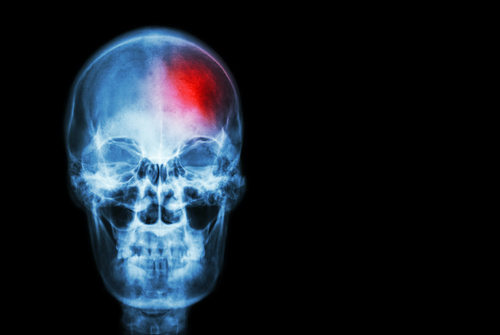
As with many health issues, SYMPTOMS of a STROKE are often thought to be something else and get IGNORED. As strokes can cause serious brain damage, and is the fifth leading cause of death in the U.S., NOT IGNORING THE SIGNS OF STROKE is key to survival.
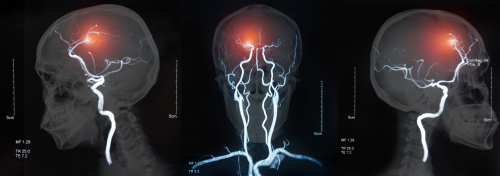
The VIDEO you are about to watch below, does a great job of explaining what actually happens when a stroke occurs, lifestyle modes that will help to prevent a stroke from happening, and most importantly it offers the acronym F.A.S.T. that will alert you to seek medical help immediately!
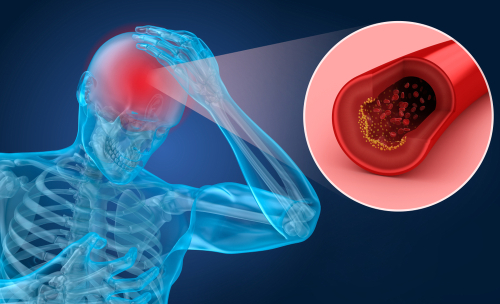
While certain symptoms such as:

(1) A BAD HEADACHE OR MIGRAINE or
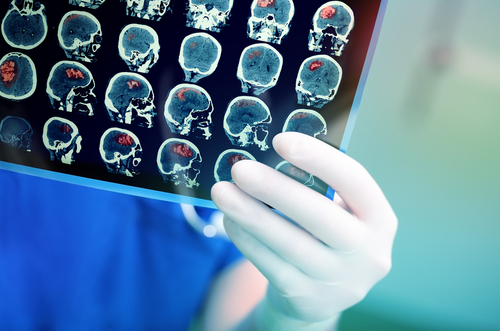
(2) SUDDEN ONSET OF EXTREME FATIGUE can be a part of the onset of a STROKE, these signs can often be overlooked. However, the more concrete SIGNS of STROKE put out by “The American Stroke Association” symbolized by F.A.S.T. are:
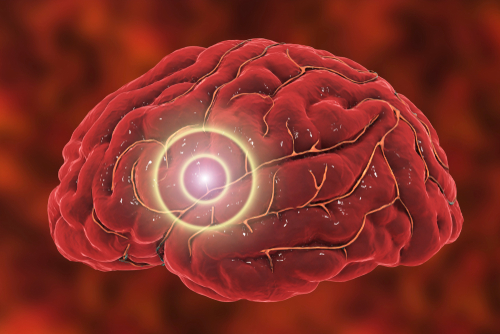
(3) F for FACE DROOPING ON ONE SIDE
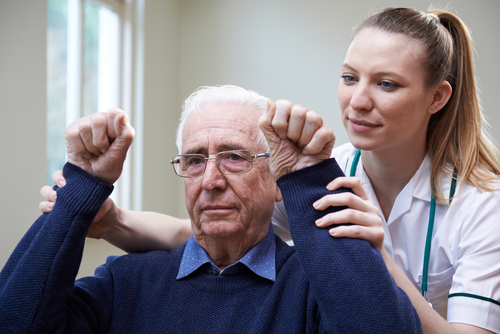
(4) A for ARM NUMB: if you have NUMBNESS OR WEAKNESS IN ONE ARM, for more than a few minutes, this is a critical warning sign. Strokes tend to affect one side of the body.
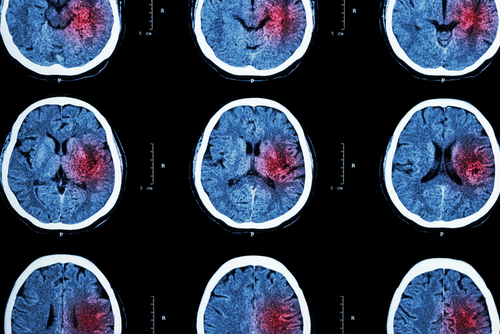
(5) S for SPEECH DIFFICULTY: When one side of the brain is affected by a Stroke, lack of blood supply can cause speech to be SLURRED or completely GARBLED. You may think that you are speaking clearly, but if someone with you says they can’t understand your speech, take it seriously!
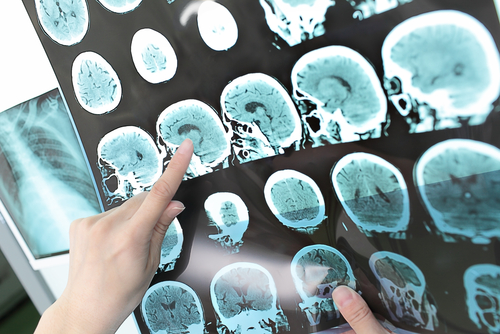
(6) T for TIME: Time is of the essence; calling 911 immediately can mean the difference between PERMANENT BRAIN DAMAGE OR NOT, and LIFE or DEATH.
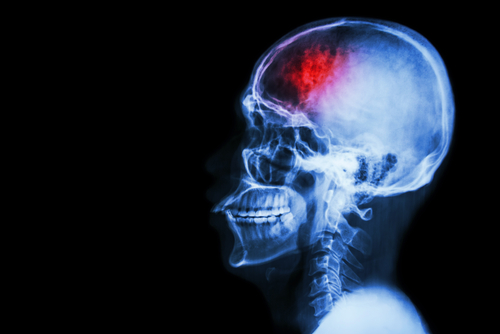
Additional SIGNS that SHOULD NOT BE IGNORED ARE:
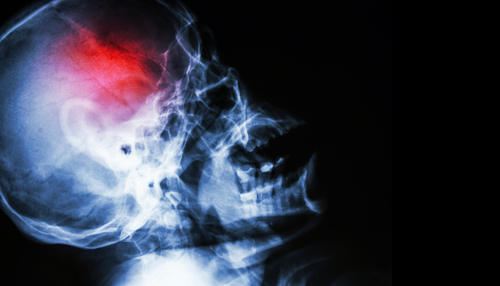
(7) VISION DIFFICULTY IN ONE EYE: Seeing double or blurred vision in one eye often occurs when the brain is affected by a Stroke.
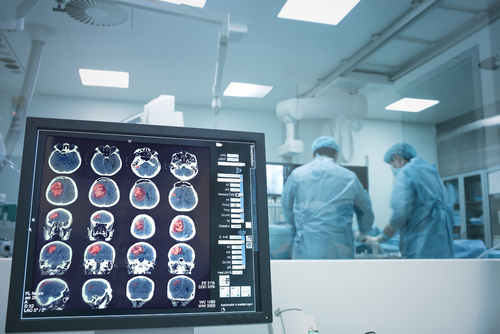
(8) CONFUSION or DIFFICULTY THINKING: When a stroke occurs, a part of your brain does not receive blood flow and therefore is STARVED OF OXYGEN which can cause you not to be able to think straight or to speak intelligibly.
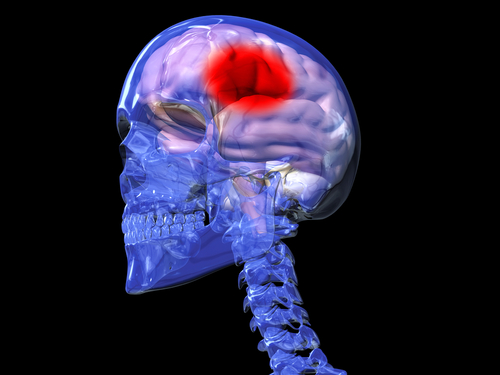
Please SHARE this with your family and friends, it could SAVE A LIFE!
6 Signs You Have Mold Illness and May Not Even Know It!
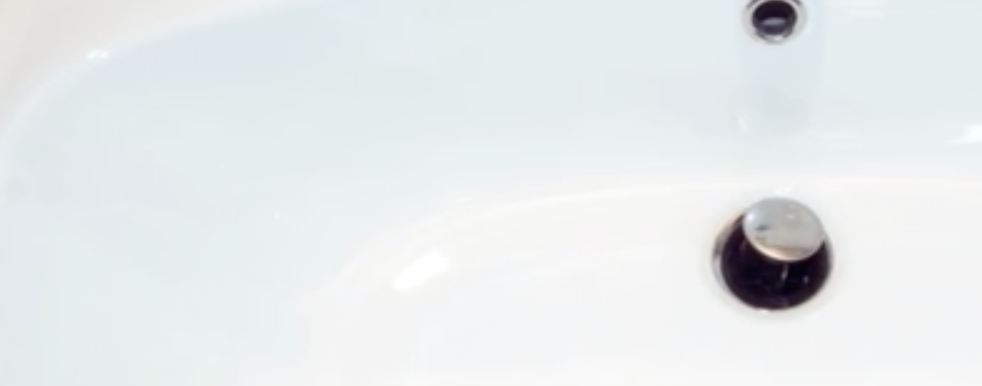
There are all sorts of gross things that no one ever wants to find inside their house and mold comes in at the very top of the list. The nasty, unsightly fungi can be found practically anywhere on Earth and is virtually impossible to avoid. It favors warm, damp, shady places like bathrooms and basements, which are the spots where it’s most likely to be found indoors!
Even if you can’t see any visible mold, there’s probably some growing wherever there are tiny cracks and crevices around your home. Other than leading to potentially extensive structural damage, many types of mold are also highly toxic and can be extremely harmful to human health.
That’s why it’s crucial to keep your home as mold-free as possible and if you ever notice any sign of it growing, deal with it immediately to prevent it from spreading any further.
There are countless species of mold fungi that exist and according to the CDC’s mold fact page, it’s estimated that there are anywhere between 10-300 thousand different types. The most common variants found indoors include the dreaded Stachybotrys Chartarum, aka toxic black mold, which produce mycotoxins that are capable of causing multiple health issues.
In addition to mycotoxins, mold spores also get released as mold grows and we end up ingesting and breathing both of these toxins directly into our bodies.
Once mold gets inside of us it can trigger various problems and reactions including allergies, inflammation, skin rashes, asthma, other respiratory issues and more, all of which are covered below. These are the top symptoms that are associated with mold related illness:
1. Headaches- If you suffer from frequent headaches and migraine pain it may be a symptom of mold exposure. Oftentimes sinuses become inflamed or infected due to allergies to mold particles in the air. The accompanying pressure causes many people to experience headaches and migraines.
2. Changes in Eye Health- Red, itchy, watery eyes are a common sign of mold exposure. Changes in eye sensitivity should be taken seriously and never be ignored. Mold triggers an allergic response in our bodies and may cause mild to intense itching, redness, blurry vision, and watery eyes.
3. Dry Skin and Rashes- A lesser known side effect of mold exposure is itchy, flaky, dry skin. Sometimes people develop rashes or hives and the inflamed areas may be patchy in appearance and extremely uncomfortable. Always do your best to avoid scratching and breaking the skin, which opens you up to a high risk of infection, and seek treatment if a rash is accompanied by intense pain, swelling, or discharge. Those may be signs that you’re having a severe allergic reaction and your body can’t handle it.
4. Breathing Difficulty– Perhaps the most common symptoms of mold illness are respiratory-related issues. Coughing, wheezing, not being able to breathe deeply or catch your breath are all red flags that point to mold allergies and exposure. Symptoms are often worse in people with asthma as the tiny mold spores and mycotoxins in the air can easily trigger an asthma attack.
5. Aches and Pains- Muscle pain that is unexplained and has no clear cause may be a symptom of mold illness. Some people experience mild achiness, but others describe intense, sharp, and even shooting types of pain.
6. Depression- Feeling down in the dumps and depressed has been linked to mold illness. Studies and science have found that damp, dark living spaces are ideal for both mold growth and negative effects on our mental health. On top of that, the multitude of other health issues that mold exposure triggers don’t help at all and only make depression worse. To improve indoor air quality try opening the windows and air out your home. Keeping a fan on to move air around and placing plants throughout your home will also help.
Additional signs of mold illness include a runny nose, postnasal drip, sneezing, chest tightness, weight gain, fatigue, numbness, shaking, stomach pain, nausea, diarrhea, and twitching. While many of these symptoms are commonly attributed to a number of other health issues and allergies, if you think you may have been exposed to mold and they persist, you should definitely seek treatment. Your doctor can help you, but more importantly you can help yourself by keeping your house dry, clean, and as mold free as possible.
Please SHARE This With Family and Friends
If You Drink A Glass Of Lemonade Mixed With THIS You Will Get Rid Of Your Anxiety and Headaches!
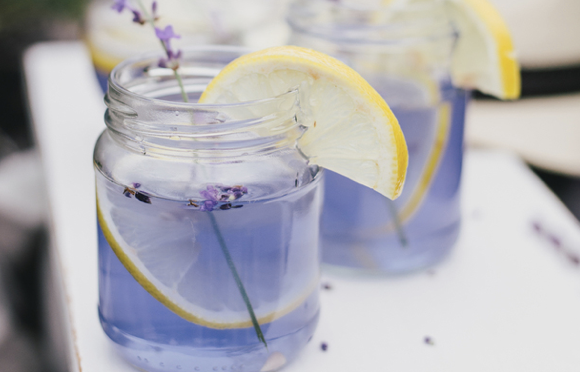
Lemonade is one of the most refreshing beverages that you can enjoy in the summer, or really anytime all year long. It’s easy to make and it can be tweaked in all sorts of ways. Some people prefer theirs really sweet, others like it with lots of lemon slices, and some add in iced tea to make a half and half drink.
Now there is a new twist on the classic recipe which has people adding lavender to the mix. Doing this is a wonderful way to make your lemonade into a sort of health tonic. Lavender is not only a flower and a color, but also a fragrant herb that contains properties which help calm people’s nerves and senses.
Lavender essential oil has been used for centuries to help heal and relieve symptoms of common health problems. Not only does it detoxify and relieve stress, it has also been attributed with anti-inflammatory, antiseptic, antibacterial, anti-fungal, and antispasmodic properties as well. It works naturally to help you relax by lowering blood pressure, pulse rates, and reducing overall feelings of anxiety.
Beyond these known health properties are the many other medicinal benefits that lavender has been linked to, including headache, sinus, pain and even hangover relief. The easiest way to harness all the healing power of lavender is to drink it up in a tasty beverage. That way you can both smell and ingest it for your body to further use to its benefit.
All that you need is some quality lavender essential oil and lemonade. Homemade style lemonade made from scratch is the best way to go about this. Take a couple of lemons and cut them in half. Squeeze the juice out of them over a bowl or pitcher and remove any seeds if you’d rather not drink them.
Add in some filtered water, a few drops of lavender essential oil, and a bit of honey, then mix them all together well. You can adjust the amounts of any or all the ingredients to your liking and add in some ice for a delicious, chilled beverage.
Instead of reaching for a glass of wine to help you relax and wind down after a long day, drink to your health and try this all natural, homemade, health tonic. It may just be the perfect drink for your needs right now.
Please Share This Recipe With Family and Friends 🙂
The Best Cardiologist In The Country Reveals The 4 Things That Happen Before You Have A Heart Attack

Heart disease kills more Americans per year than all cancers combined. It is responsible for one third of all deaths and is often a silent killer without obvious symptoms. One quarter of all heart attacks happen without clear signs. Even when there are symptoms, they are commonly mild or vague, such as indigestion, fatigue, back pain, and stress.
Most Americans over 35 already suffer from heart disease, whether they know it or not. Half of all people with heart disease have cholesterol readings that are in the normal range. The good news is that heart disease can be prevented, reversed and even cured.
What causes heart disease also causes many other major degenerative diseases. Some cultures experience very little, if any, heart disease. Diabetes, arthritis, cancers, and heart disease are created by the over consumption of sugar and fat.
These two things combine to make too much fat in the bloodstream and form into arterial plaque. In addition, stress, high blood pressure, lack of exercise, hormonal imbalances, overproduction of insulin, and inflammation contribute to the development of heart disease.
Most people know that cholesterol is divided into good, HDL, and bad, LDL, but LDL can be categorized further into larger, less dense, Pattern A, and smaller, highly dense, Pattern B. Boosting HDL can make Pattern A LDL less harmful, but Pattern B is very dangerous.
Cholesterol is necessary for many important metabolic functions, but the types must be in a healthy ratio. These amounts, as well as plaque, can be tested to identify a person’s risk for heart attack and stroke. Quit smoking, get more exercise, relieve stress by physical exertion and spiritual dedication, cut out all sugar, cut back refined carbs and fatty foods and you will be on your way to preventing, reversing, and curing heart disease.
Increase your intake of fresh fruits and vegetables, whole grains, and nuts and seeds. Fish and chicken are healthy proteins, as well as a small amount of lean red meat. If you take care of yourself, you can live a long, enjoyable life.
1. Chest Pain and Tightness 2. Sweating 3. Indigestion, Nausea and Vomiting 4. Pain in Other Parts of the Body in the left arm, throat, jaw, teeth back or abdomen.
Please Share This Article With Family and Friends, It Could Save a Life




